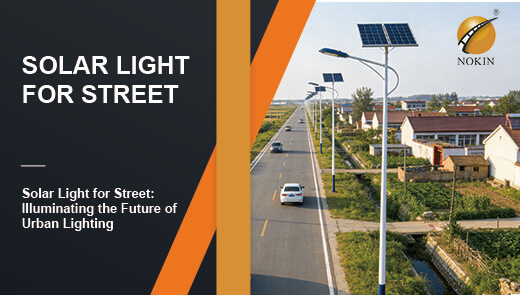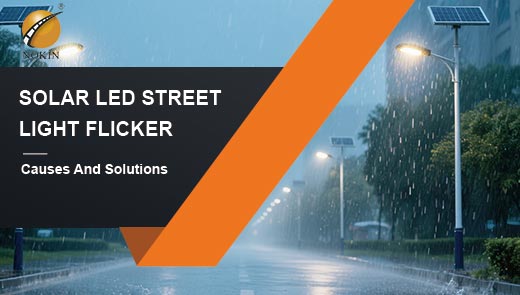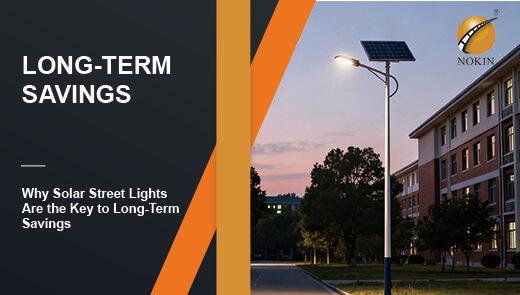The Ultimate Guide to Buying Solar Power Flood Lights
Outdoor lighting is crucial for ensuring safety and enhancing living comfort, but traditional wired lighting systems often face issues such as cumbersome installation and high maintenance costs. The advent of solar flood lights has perfectly addressed this pain point — these lights collect light energy through solar panels and convert it into electricity to power LED light sources, not only eliminating dependence on the power grid but also significantly reducing usage costs. Notably, solar flood lights have an average lifespan of 10,000 hours (approximately 2 years), demonstrating exceptional practicality and cost-effectiveness for various lighting scenarios, including residential gardens, commercial parking lots, and remote areas.
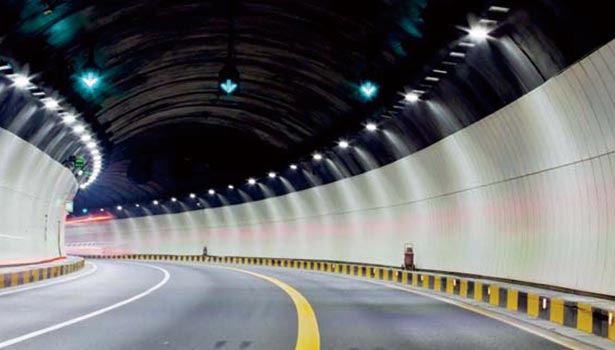
What is a Solar Flood Light?
A solar flood light is a wide-beam lighting fixture specifically designed for large-area illumination. Its core components include solar panels, energy storage batteries, LED light sources, and a smart controller. Its operating principle can be summarized as follows: during the day, the solar panels absorb sunlight and convert it into electrical energy, which is stored in the battery via the controller; when night falls and light intensity drops below the set threshold, the controller automatically triggers the battery to power the LED lights, enabling nighttime illumination; at dawn, once light intensity returns to a certain level, the controller cuts off the power supply, initiating a new charging cycle. This standalone operation mode, which does not require connection to the grid, makes it far more flexible and versatile than traditional lighting equipment.
How do Solar Power Flood Lights work?
The operational mechanism of solar flood lights can be divided into three key stages: first, the daytime energy collection stage, where solar panels generate electricity through the photovoltaic effect under sunlight, which is then optimized by the controller and stored in the battery. During this process, the controller strictly controls the charging voltage and current to prevent overcharging of the battery; second, the nighttime lighting stage, where when ambient light weakens and the photovoltaic panel voltage drops to a specific value, the controller initiates the discharge program, powering the LED light source.
At this point, the controller also adjusts brightness or switch status based on pre-set parameters (such as light control or time control). Finally, the intelligent protection stage: the controller integrates functions such as overcharge/overdischarge protection, temperature compensation, lightning protection, and reverse polarity protection, ensuring the stable operation and extended lifespan of the equipment.
Types of Solar Flood Lights
|
Type |
Light Source Type |
Energy Conversion Efficiency |
Average Lifespan |
Initial Purchase Cost |
|
Traditional |
Fluorescent Lamp |
Medium (around 50–60%) |
5,000–8,000 hours |
Medium to Low |
|
Tube Type |
Incandescent Lamp |
Low (around 10–20%) |
2,000–3,000 hours |
Very Low |
|
LED Type |
Light Emitting Diode |
High (80–90%) |
Over 10,000 hours |
Medium to High |
In terms of performance, LED solar flood lights have become the mainstream choice in the market today due to their significant energy efficiency advantages and ultra-long service life. Although the initial cost is slightly higher, their long-term operating costs are far lower than other types, making them particularly suitable for scenarios with high requirements for lighting quality and durability.
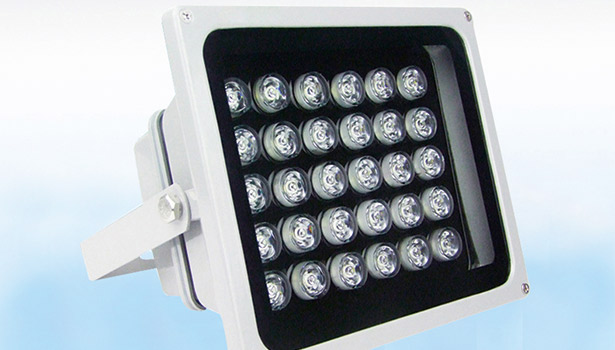
Advantages of Solar LED Flood Lights
Environmental Protection
Traditional flood lights rely on the power grid, which generates electricity from fossil fuels. During the power generation process, each kilowatt-hour of electricity produced emits approximately 0.8 kilograms of carbon dioxide into the atmosphere. Over time, this contributes significantly to the exacerbation of the greenhouse effect. In contrast, solar flood lights utilize photovoltaic panels to directly convert solar energy into electricity, achieving zero harmful pollutant emissions throughout the entire operational process.
According to professional data statistics, a single solar light of common power can reduce carbon dioxide emissions by 17.5 kilograms annually, which is equivalent to the carbon absorption capacity of planting nine trees for a year. If solar flood lights are widely adopted in cities, they can significantly alleviate the urban heat island effect and provide strong impetus for improving the urban ecological environment.
Cost-Effective
From a preliminary investment perspective, solar flood lights are indeed more expensive than traditional lighting fixtures, costing approximately 30%-50% more. However, when considering the full lifecycle cost over a longer timeframe, their advantages become highly evident. Taking a commercial scenario as an example, if a parking lot installs 100 solar flood lights, the annual electricity savings during subsequent use would exceed 26,000 units. Additionally, since no power lines need to be installed, a significant amount of line installation costs can be saved (approximately 50,000 units per kilometer of line installation). According to actual case data, compared to traditional lighting solutions, using solar flood lights can reduce maintenance costs by 82% over a 5-year period, clearly demonstrating their long-term economic benefits.
Low Maintenance Characteristics
The LED light source used in solar flood lights has an exceptionally long lifespan of over 30,000 hours. If used for 6 hours daily, a single light can operate continuously for 13 years. Furthermore, after 3.5 years of use, its light decay remains at 70% brightness, significantly reducing the need for replacements compared to traditional fluorescent lights, with at least three fewer replacements required. The solar panels are coated with an ETFE weather-resistant membrane, a special material that keeps power degradation below 20% over a 25-year period. The fixtures themselves achieve an IP65 or higher protection rating, enabling them to withstand extreme weather conditions such as heavy rain, strong winds, extreme heat, or cold, and operate normally. The average annual maintenance cost is extremely low, less than 10 units.
Off-grid Reliability
In remote mountainous areas, pastoral regions, or other areas with inadequate grid coverage and unstable power supply, or in emergency scenarios such as power outages caused by typhoons or earthquakes, solar flood lights rely on their independent power supply systems to establish a reliable self-sustaining lighting system. In actual cases in pastoral regions, using solar flood lights for power supply reduces costs by 90% compared to extending the grid to the area. Some models of solar flood lights are equipped with a 4000mAh lithium battery, which can operate continuously for 12 hours when fully charged. For example, during power outages after a typhoon, it can provide critical lighting for community roads, temporary shelters, and other areas, ensuring residents' nighttime travel safety while also serving a security function to protect community safety.

Factors to Consider When Buying Solar-Powered Flood Lights
Brightness (Lumens)
Brightness is measured in lumens (Lumen) and directly determines the lighting effect: for general lighting scenarios such as courtyards and gardens, products with 700-1,000 lumens are recommended; for areas requiring strong security, such as driveways and parking lots, models with 1,500 lumens or higher are needed. It is important to note that the lumen value of LED light sources is not linearly related to power consumption. For example, a 10W LED light can achieve 1,000 lumens of brightness, far exceeding the energy efficiency ratio of traditional incandescent bulbs.
Solar Panel Efficiency
Solar panel efficiency directly impacts charging speed and battery life stability: Monocrystalline silicon panels, with their pure crystal lattice structure, can achieve efficiencies of 15–20%, maintaining high power generation efficiency even in low-light conditions such as dawn or dusk, making them particularly suitable for temperate maritime climates with frequent rain and fog. Polycrystalline silicon panels have an efficiency of approximately 12-15%, slightly lower than monocrystalline panels, but with production costs reduced by over 30%, making them more suitable for regions with annual sunshine hours exceeding 2,000 hours. During installation, ensure that the panels receive 6-8 hours of direct sunlight daily. If obstructed by trees or buildings, power generation may decrease by over 40%. It is recommended to optimize sunlight angles through tilt adjustment (the optimal tilt angle in the Northern Hemisphere is local latitude + 15°).
Battery Capacity
Battery capacity determines the duration of nighttime operation. For continuous lighting (8-12 hours), it is recommended to choose a battery with a capacity of 2,000-4,000 mAh. In terms of type, lithium-ion batteries are preferred due to their high energy density and excellent low-temperature performance (they can operate normally at -20°C). Lead-acid batteries, though cost-effective, have a shorter lifespan and are heavier, and are gradually being phased out by the market.
Durability and Weather Resistance
Outdoor environments require lighting fixtures with high protective performance, with the IP (Ingress Protection) rating being the core metric: IP65 indicates complete dustproofing and resistance to low-pressure water jets, suitable for most climatic conditions; IP67/68 can withstand short-term immersion or extreme weather, making it suitable for coastal or rainy regions. Additionally, the housing material is recommended to be aluminum alloy or ABS engineering plastic, which offers UV resistance and corrosion resistance.
Motion Sensors and Smart Features
Motion sensors are a key feature for enhancing security and energy efficiency. High-quality products have a detection range of 10–30 meters and support sensitivity adjustment. Smart models can also connect to Wi-Fi, enabling remote control via a mobile app for on/off, scheduling, or integration with smart home systems like Alexa or Google Home for scenario-based lighting control.
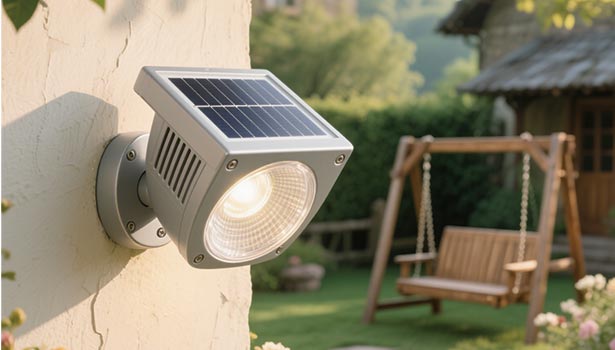
Installation and Maintenance
Solar flood lights typically feature a modular design, allowing installation without professional electricians. In the Northern Hemisphere, it is recommended to mount the panels facing south to ensure optimal sunlight angles. Maintenance primarily involves quarterly cleaning of dust from the panels (to prevent reduced light transmission) and checking battery status every 2-3 years. Overall maintenance costs are significantly lower than traditional lighting systems.
FAQs: Solar-Powered Flood Lights
Does inclement weather affect performance?
Solar flood lights can still operate on cloudy or rainy days, but charging efficiency will decrease. High-efficiency monocrystalline silicon panels perform better than polycrystalline silicon panels in low-light conditions, and when paired with high-capacity batteries, they can ensure basic lighting during prolonged cloudy or rainy weather.
Can solar flood lights be used in gardens or on patios?
As long as there is sufficient sunlight, solar flood lights can be used in gardens and on patios. These lights have extremely low energy consumption and are weatherproof, making them ideal for areas requiring protection from outdoor exposure.
What are the battery replacement costs?
The average lifespan of lithium-ion batteries is 2-5 years, with replacement costs accounting for approximately 20-30% of the total unit price. Over the long term, this remains lower than the electricity expenses of traditional lighting systems.
When selecting solar flood lights, decisions should be based on “brightness requirements as the foundation, panel efficiency as the core, battery capacity as the guarantee, and protective performance as the prerequisite,” while also considering smart features and installation convenience. Whether enhancing safety lighting for residential gardens or implementing energy-saving renovations for commercial spaces, high-quality solar flood lights can reduce energy consumption while providing long-term stable lighting experiences. Embracing this green technology not only contributes to environmental protection but also enhances the quality of life.

